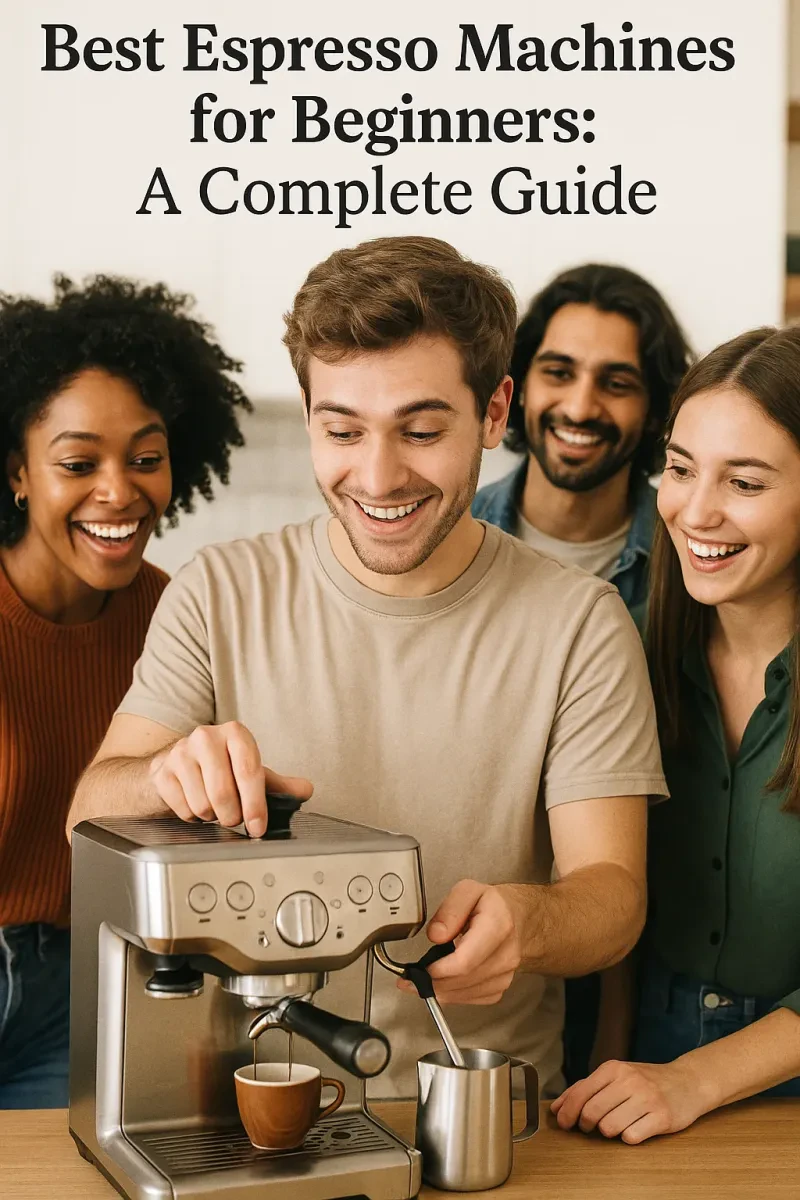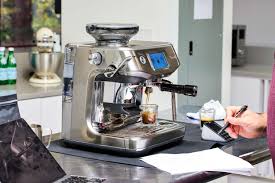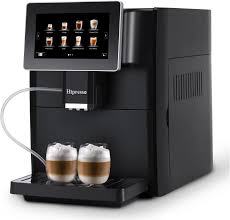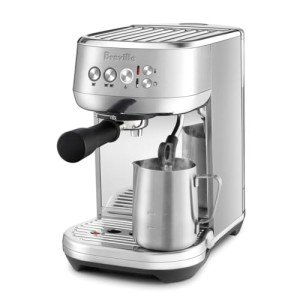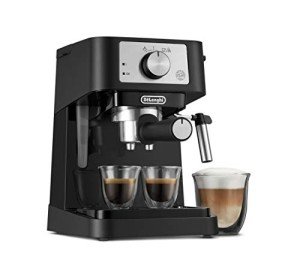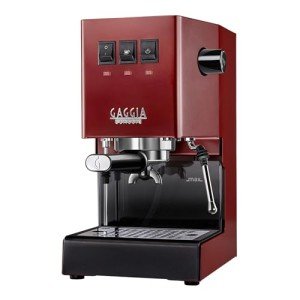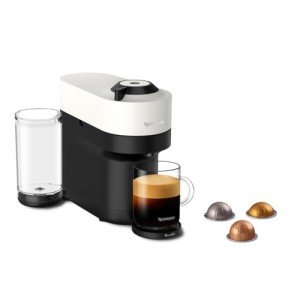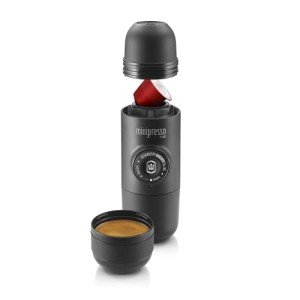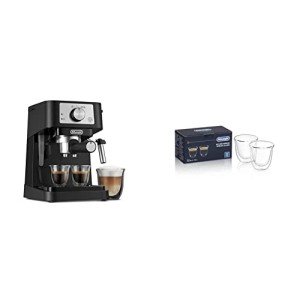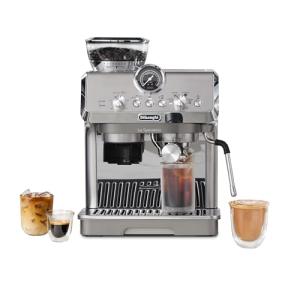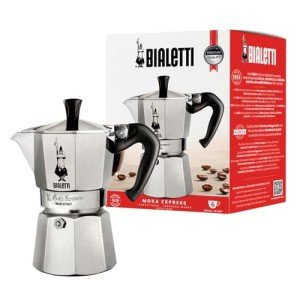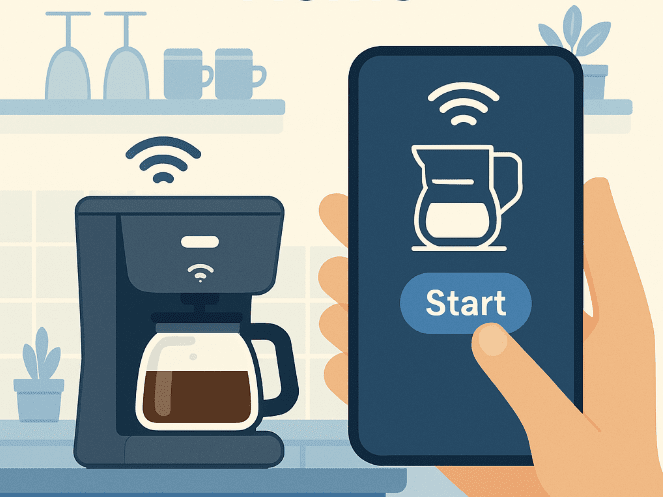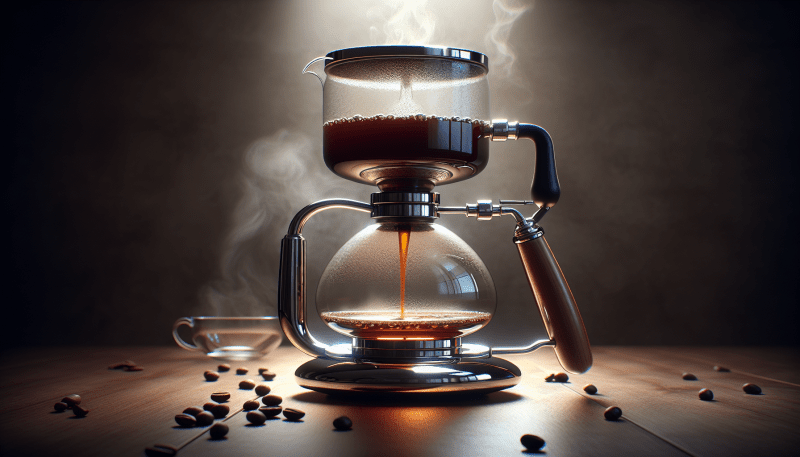Best Espresso Machines for Beginners: A Complete Guide
Welcome to the world of home espresso! If you're starting, choosing the right espresso machine can seem daunting. This guide will walk you through everything you need to know to make an informed decision and start brewing like a pro. We'll cover the different types of machines, essential features, and our top recommendations for beginners.
Find Your Perfect Espresso MachineContents
- What is Espresso?
- Types of Espresso Machines
- Key Features to Consider
- Top Espresso Machines for Beginners
- Beginner's Buying Guide
- Maintenance and Cleaning
- Troubleshooting Common Issues
- Espresso Brewing Techniques
- Espresso Recipes and Specialty Drinks
- Essential Accessories and Gear
- Where to Find the Best Deals
What is Espresso?
Espresso is a concentrated form of coffee brewed by forcing hot water (between 195-205°F or 90-96°C) under high pressure (typically 9 bars) through finely ground, tightly packed coffee. This process results in a small, strong shot of coffee with a layer of crema on top. Crema is the reddish-brown foam that contributes to the flavor and aroma of espresso.
Espresso's key characteristics include its rich flavor, full body, and presence of crema. It's the base for many popular coffee drinks, such as lattes, cappuccinos, macchiatos, and Americanos. Understanding these basics is crucial before diving into the world of espresso machines.
Types of Espresso Machines
There are several types of espresso machines, each with its features, advantages, and disadvantages. Understanding these differences is essential for beginners when choosing the right machine.
1. Manual (Lever) Espresso Machines

Manual espresso machines, or lever machines, require the user to manually control the pressure by pulling a lever. These machines offer the most control over the brewing process, allowing for adjustments in pressure and extraction time. However, they also have a steep learning curve and require significant skill and strength to operate correctly.
2. Semi-Automatic Espresso Machines
Semi-automatic machines are the most common type for home use. They use an electric pump to generate the necessary pressure for brewing espresso, but the user controls when to start and stop the extraction. These machines offer a good balance between control and convenience, making them a popular choice for beginners.
3. Automatic Espresso Machines
Automatic machines, also known as volumetric machines, use an electric pump but automatically control the volume of water used for each shot of espresso. The user presses a button, and the machine does the rest. These machines are very convenient but offer less control over the brewing process than semi-automatic machines.
4. Super-Automatic Espresso Machines
Super-automatic machines are the most convenient type. They grind the beans, tamp the coffee, and brew the espresso with the touch of a button. Some models can even froth milk automatically. While they offer the highest level of convenience, they are also the most expensive and offer the least control over the brewing process.
5. Pod Espresso Machines
Pod machines use pre-packaged coffee pods or capsules. They are very easy to use and require minimal cleanup. However, they offer the least flexibility in terms of coffee choice and can be more expensive in the long run due to the cost of the pods.
Key Features to Consider
When choosing an espresso machine, there are several key features to consider:
- Budget: Espresso machines cost around $50 to several thousand dollars. Determine how much you're willing to spend before you start shopping.
- Size: Consider the size of your kitchen and how much counter space you're willing to dedicate to an espresso machine.
- Ease of Use: If you're a beginner, look for a machine that is easy to operate and has clear instructions.
- Durability: Choose a well-built machine made from high-quality materials to ensure it lasts for years to come.
- Features: Decide which features are essential to you, such as a built-in milk frother, adjustable settings, or automatic shut-off.
- Brewing Pressure: Espresso machines should be able to produce at least 9 bars of pressure for optimal extraction.
- Water Tank Capacity: Consider how often you'll make espresso and choose an appropriate machine with a large water tank.
Understanding these features will help you narrow your options and find the best espresso machine.
Top Espresso Machines for Beginners
Based on ease of use, features, and value for money, here are our top picks for beginners:
1. Breville Bambino Plus
Breville Bambino Plus Espresso Machine - Stainless Steel
Experience café-quality espresso at home with the sleek and user-friendly Breville Bambino Plus
Product information
$489.95
Product Review Score
4.72 out of 5 stars
129 reviewsProduct links
The Breville Bambino Plus is a compact, user-friendly semi-automatic machine that delivers excellent espresso. It features automatic milk texturing, precise temperature control, and a fast heat-up time. It's perfect for beginners who want quality espresso without a steep learning curve.
- Price: Around $500
- Type: Semi-Automatic
- Key Features: Automatic milk texturing, fast heat-up, PID temperature control
- Pros: Compact, easy to use, excellent espresso quality
- Cons: Smaller water tank, limited control over brewing parameters
2. De'Longhi Stilosa Manual Espresso Machine
De'Longhi Stilosa Espresso Machine with Milk Frother
Experience barista-quality coffee at home with this stylish and easy-to-use espresso machine
Product information
$149.95
Product Review Score
4.28 out of 5 stars
195 reviewsProduct links
The De'Longhi Stilosa Manual Espresso Machine is an affordable semi-automatic machine for beginners. It's elegantly designed and easy to use, allowing you to craft authentic espressos, lattes, and cappuccinos in the comfort of your home.
- Price: Around $100
- Type: Semi-Automatic
- Key Features: Manual Milk Frother, includes portafilter and two filters, and two-level cup holder
- Pros: Affordable, compact, easy to use
- Cons: the water reservoir is small, the milk wand is small and chunky
3. Gaggia Classic Pro
Gaggia Classic Pro Espresso Machine - Cherry Red
Brew barista-quality espresso at home with this stylish and reliable machine
Product information
$549.00
Product Review Score
4.87 out of 5 stars
212 reviewsProduct links
The Gaggia Classic Pro is a popular semi-automatic machine known for its commercial-style steam wand and durable construction. It offers more control over the brewing process than beginner machines, allowing users to grow their skills over time.
- Price: Around $480
- Type: Semi-Automatic
- Key Features: Commercial steam wand, rocker switches, solenoid valve
- Pros: Durable, good steam pressure, upgradeable
- Cons: Steeper learning curve, requires a separate grinder
4. Nespresso Vertuo Plus
Nespresso Vertuo Pop+ Coffee Maker, Coconut White
Brew your favorite coffee with ease and style in a sleek design that fits perfectly in any kitchen
Product information
$129.95 $99.00
Product Review Score
4.77 out of 5 stars
162 reviewsProduct links
The Nespresso Vertuo Plus is a pod machine that offers exceptional convenience. It uses Nespresso Vertuo capsules to brew espresso and regular coffee with the touch of a button. While it's limited to Nespresso pods, it's an excellent option for those who prioritize ease of use.
- Price: Around $100
- Type: Pod Machine
- Key Features: Centrifusion technology, automatic blend recognition
- Pros: Straightforward to use, brews both espresso and coffee
- Cons: Limited to Nespresso pods, more expensive per cup
Beginner's Buying Guide
Choosing the right espresso machine can be overwhelming, but here are some tips to help you make the best decision:
- Start with your budget: Determine how much you will spend. This will help you narrow down your options.
- Consider your needs: Consider how often you'll make espresso, how much counter space you have, and what features are important to you.
- Read reviews: See what other users say about your proposed machines. Look for both positive and negative feedback.
- Check the warranty: Make sure the machine has a good warranty in case of any defects.
- Factor in additional costs: You may need to purchase a separate grinder, tamper, and other accessories.
Following these tips, you can find an espresso machine that meets your needs and budget.
Maintenance and Cleaning
Proper maintenance is essential to keep your espresso machine in good working condition and ensure it produces great-tasting espresso. Here are some basic maintenance tips:
- Daily cleaning: Rinse the portafilter and wipe down the machine after each use.
- Backflushing: If you have a semi-automatic machine, backflush it regularly (at least once a week) to clean the brew group.
- Descaling: Descale your machine every few months to remove mineral buildup. The frequency will depend on the hardness of your water.
- Regular checks: Inspect the machine regularly for any wear or damage.
Please take a look at your machine's manual for specific cleaning instructions.
Troubleshooting Common Issues
Even with proper maintenance, you may encounter some common issues with your espresso machine. Here are some troubleshooting tips:
- No crema: This could be due to stale coffee, incorrect grind size, or insufficient pressure.
- Bitter espresso: This could be caused by over-extraction (brewing too long) or using too much coffee.
- Weak espresso: This could be due to under-extraction (brewing for too short a time) or using too little coffee.
- Machine not heating up: Check the power cord and ensure the machine is turned on. If the problem persists, there may be an issue with the heating element.
- Leaks: Check the water tank and connections for cracks or leaks.
If you can't resolve the issue yourself, consult your machine's manual or contact the manufacturer's customer support.
Espresso Brewing Techniques
To make great espresso, it's important to master some basic brewing techniques:
- Grinding: Use a burr grinder to grind your coffee beans to a fine, consistent texture. The grind size should be similar to table salt.
- Dosing: Use a scale to measure the correct
